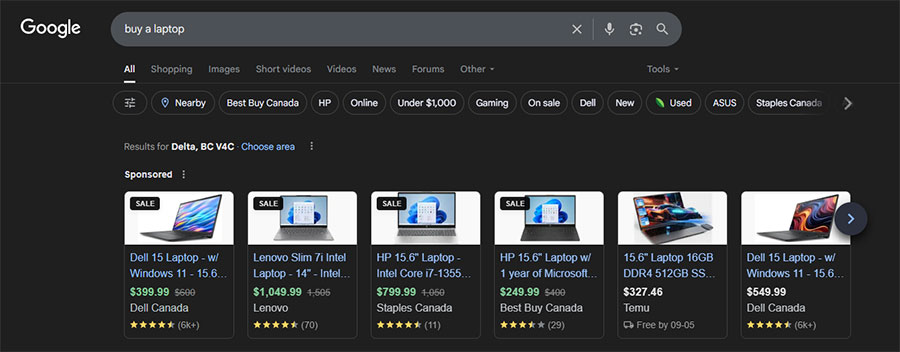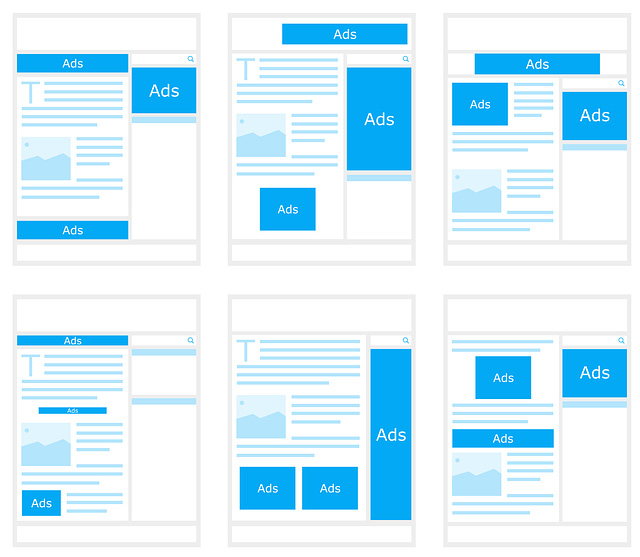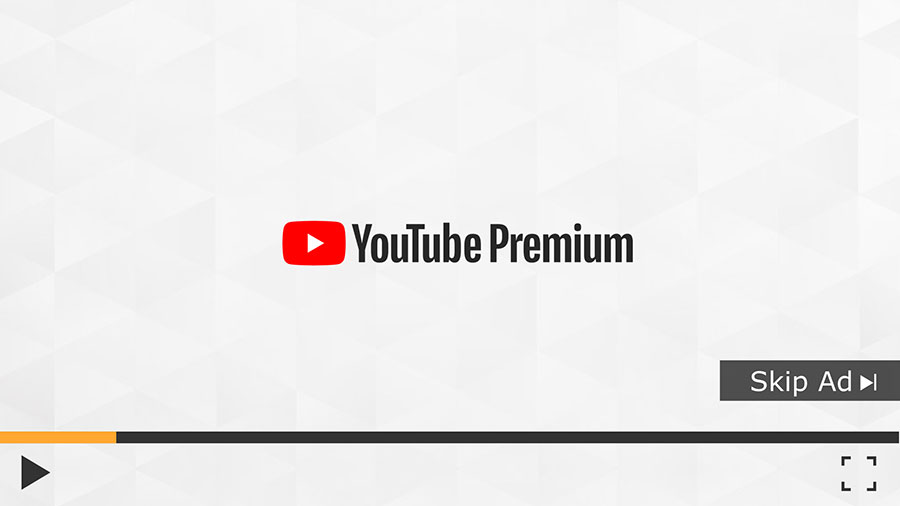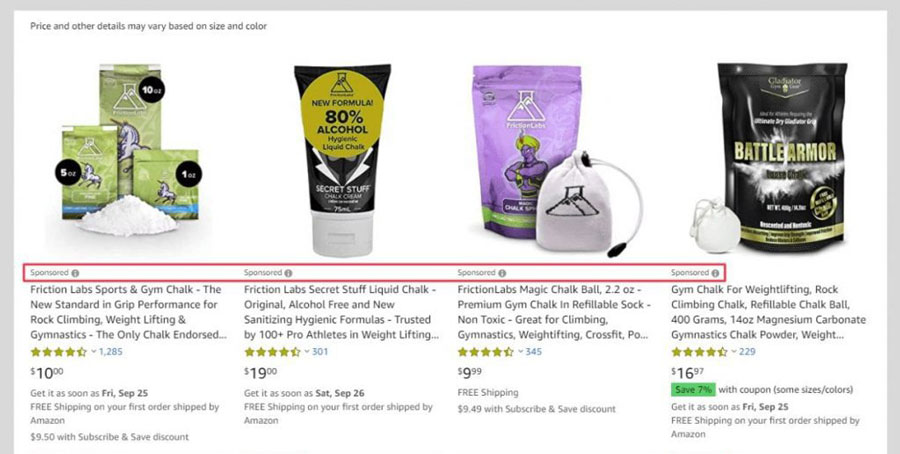
By: Jeremy Mayer Sep 24/2025
Traditionally, when people think of pay-per-click digital marketing, they’re thinking of Google Search Ads, the ads that appear at the top of Google when searching for a product, service, or answers to their questions. However, digital marketing has a wide variety of other marketing types and platforms that can drive meaningful results for businesses. These can be categorized under Snaptech’s umbrella term Media Planning. Each different tactic and platform has its own pros and cons, and can be leveraged to achieve a different goal. While (nearly) every tactic and platform can be applied to every business, unless the business has deep pockets for marketing, it’s usually best to focus on those that will have the highest impact or work best together. In this blog, we’re going to dive into Snaptech’s paid digital marketing options and outline the pros and cons, as well as identify the best industry and goals for each. If you decide to work with Snaptech, it’ll give you a solid foundational understanding as our team of strategists creates a custom marketing strategy for you. If you don’t, then we’re happy to have given you the knowledge to create your own marketing strategy or in your discussions with other vendors. Let’s dive in.
E-commerce marketing is a blanket term for any tactics that are specific to e-commerce. This includes Google Shopping Ads (now also run through Google’s Performance Max campaigns) as well as Social Media Marketing (more about that below). Google Shopping Ads (shown in the image) use a product feed from your website to show ads to relevant searchers. They always show a product image, a product title, price, website, and (if applicable) reviews.

Display ads can best be described as those visual ads that you see on websites that aren’t Google when you’re browsing news sites, blogs, and really any website that hosts the ads. They also show up in Apps on your phone, usually when you’re using the free version of the app service.

YouTube Ads are fairly self-explanatory. These are ads that run on YouTube before and during videos that users are watching.

Amazon Ads is the suite of ad types offered by Amazon to its sellers that help to promote product listings in the Amazon search results or as display banners on similar products and the search results page. You will have seen these as the “Sponsored” listings while shopping on Amazon.

Social Media Marketing is an umbrella term for the variety of paid ad options on Social Media platforms. The most common platforms used are Meta Ads (for Facebook and Instagram) and LinkedIn ads. However, platforms like TikTok, Reddit, Pinterest, and X (formerly Twitter) all have ad options available. Each platform has its use and most relevant audience, for example, LinkedIn is great for businesses looking to target users by job title, company, or educational experience, since all those targeting options are provided by the users in LinkedIn. Meta ads offer similar targeting since we provide so much information in the platforms as we interact with our social media communities on a daily basis.

As we’ve covered, there is a wide variety of options for marketing outside of Google Search. Each has its merits and downsides. However, all can play a strong part in a comprehensive digital strategy. Picking the right mixture or strategy for your goals is essential to maximizing the return on your marketing budget and achieving the results you need for that campaign. Usually, our clients will mix a few tactics that complement each other for a more full funnel approach.
If you need help choosing and developing a strong digital marketing strategy for your business, reach out to us!